Lot n° 1
Estimation :
8000 - 12000
EUR
* CUI XIUWEN (1967-2018)
The three realms (Sanjie), 2003
Digital C-Print mounted under diasec, edition at 20, signed and dated on the back
53 x 306 cm
Bibliography :
Grosenick (U.) and Caspar (H.), China Art Book, Dumont, 2007, p.78
Zhu Qi, Chinese avant/garde photography since 1990, Hunan Fine Arts Publishing House, 2004, p.313
Albertini (A.) and Marella (P.), Out of red, Damiani, 2004, p.42.
*Sold on designation
(see condition of sale)
CUI XIUWEN (1967-2018)
Born in the Chinese province of Heilongjiang.
She holds a Master of Fine Arts degree from the Oil Painting Department of the Central Academy of Fine Arts (1996) and a Bachelor of Arts degree from the Northeast Normal University (1990). As a multimedia artist, Cui explores the fields of human sexuality and spirituality. His experiments with photography, video and painting are considerations of the self and the soul as both subject and object. An important creative figure in the contemporary Chinese landscape, Cui's contribution to the arts has been recognized through her participation as the first Chinese artist to be invited to exhibit at the Tate Modern in 2004.
Cui Xiuwen's previous work has laid the foundation for these topical issues. In her widely exhibited video work, Ladies Room (2000), Cui hid a discreet spy camera in the women's bathroom of a popular Beijing karaoke club, recording unfiltered conversations and candid moments of local call girls. In her series of photographs Existential Emptiness (2009), a schoolgirl and her life-size doll companion set in sparse, snowy landscapes, address themes of adolescence, identity and mortality.
Constantly questioning herself, Cui has used oil on canvas as the primary medium in her most recent work, moving away from her expert use of video and photography. These new formalist works translate Cui's mature understanding of the world into a meditative style of geometric abstraction. In conjunction with her solo exhibition at the gallery in 2015, Cui Xiuwen organized a performance, Awakening of the Flesh, in which the artist and visitors meditated together in total silence. This piece was an experimental production of new social connections and attempted to erode the distinction between institutional and social space.
Cui's work had been the subject of major solo exhibitions, including Angel's Light: Dame Jillian Sackler International Artists Exhibition Program, Arthur M. Sackler Museum of Art and Archaeology at Peking University, Beijing (2016); Reincarnation, Shanghai Gallery of Art, Shanghai (2014); IU: You and Me, Suzhou Museum of Art, Suzhou (2013); and God's Domain, Museum of Art Today, Beijing (2010).
Cui has received international recognition for his work. In 2010, she received the title of "Most Influential Artist of the Year" at the Art China Awards and, in 2008, the "Global Chinese Female Artist Biennial Award" from the Wu Zuoren International Fine Arts Foundation. Cui's works are in the collections of major institutions such as the Tate Modern in the United Kingdom, the Brooklyn Museum in New York, the Ullens Foundation in Belgium, and the National Art Museum of China in China.
«
Sanjie"is a complex work using three mediums - painting, photography and video. It is a reinterpretation of Leonardo da Vinci's Last Supper through a young Chinese girl dressed in a red scarf, the symbol of the members of the Young Pioneer Group.
It took me almost a year to complete this picture, but the genesis is earlier. An oil on canvas was made during the Chinese New Year in 2003. When the painting was completed, SARS was wreaking havoc in the country. Despite the danger of the epidemic, I went out several times to finalize the photography and video in September 2003. For me, the red scarf represents a period in my memory, a mark of belonging to a certain generation, the desire to be honored, the blood of the martyrs who founded the People's Republic of China and the doubt, the quest for identification, the relationship between the individual and the group. The shirt is so white in my memory, and yet it creates an image that is not so pure. The colour of the story tries to hide the drifts and mistakes of the past, memories become blurred.
In the Last Supper, people always ask who is Judas?
I think Judas is all of us. »
My orders
Sale information
Sales conditions
Return to catalogue


